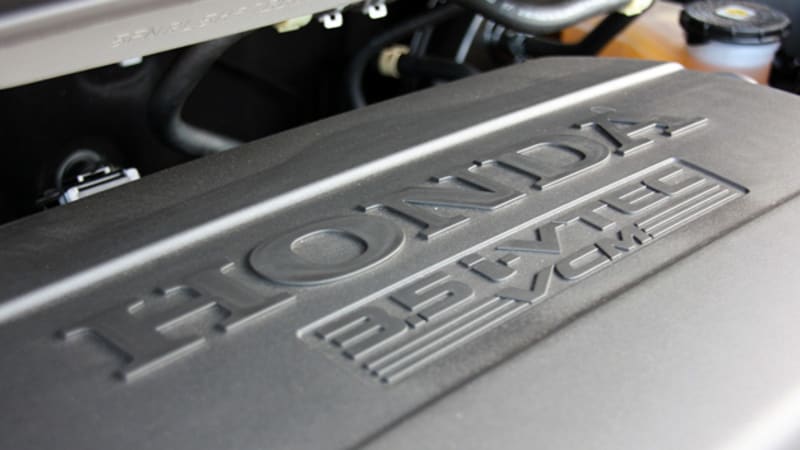I found a Quaker State 5 quart jug of Euro ACEA A3/B4 5W-40 on Walmart for $22.97.I started using 5w40 Euro in my CR-V and it uses significantly less oil than everything from 0w20 to 5w30.
Supertech does the job nicely but I’m sure Pennzoil or QA 5w40 would be similar.
If ever there was a sleeper oil, it's this one.
I've learned not to think of oils in terms of viscosity (0W-20, 5W-30, 5W-40 for example), but instead to think of oil
in terms of HTHS. HTHS #'s >= 3.5 is optimal for engine wear protection under extreme service.
Google this: HTHS wear graph.
Perhaps a good combination is 3.5 quarts Quaker State Euro 5W-40 + 1 quart HPL Engine Cleaner.
Only draw back of this combination is it wouldn't be high mileage oil which treats the oil seals to help prevent internal and external oil leaks.
Last edited:


